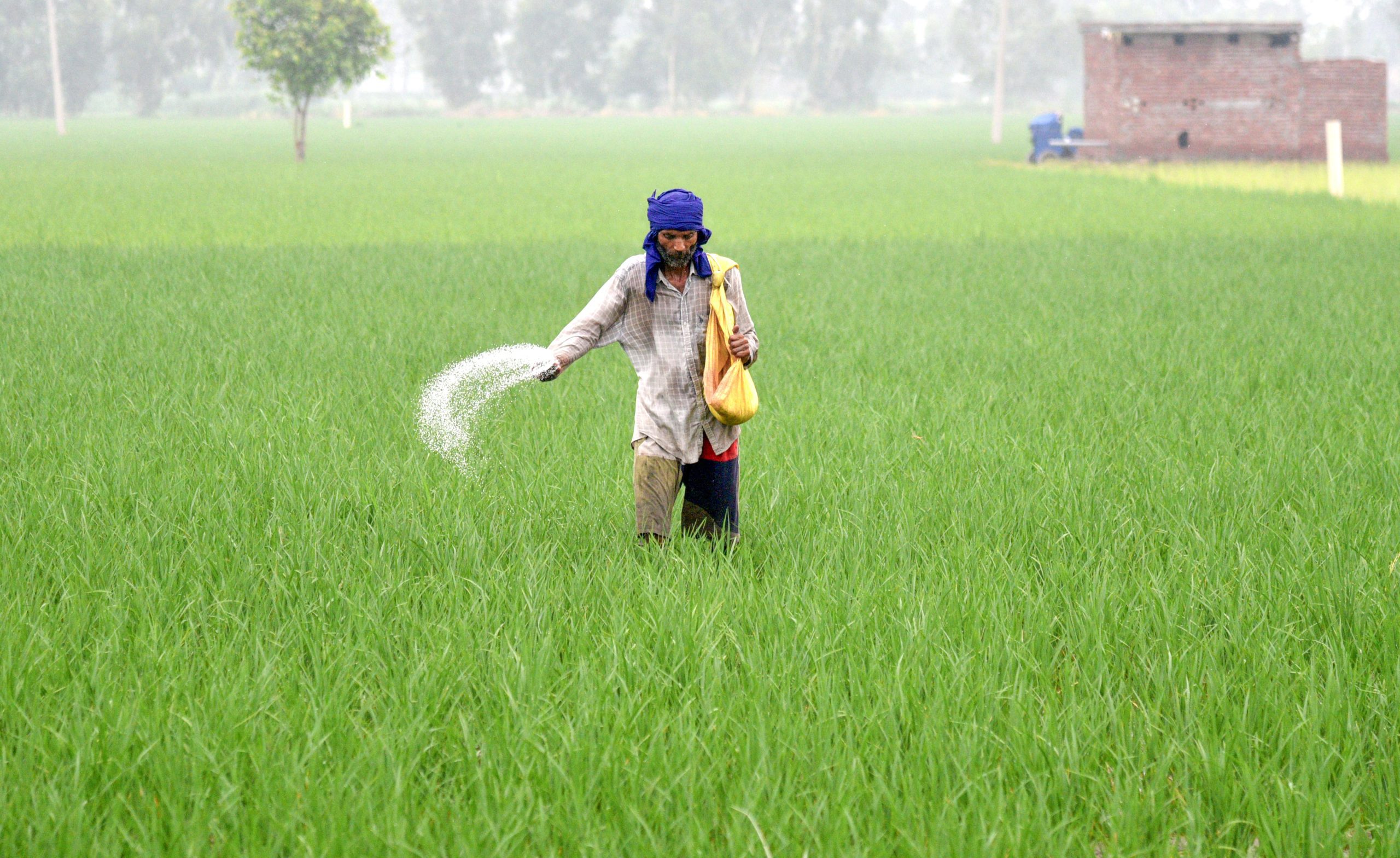The total area sown under kharif crops in India during the current season has surged to 995.63 lakh hectares, marking an increase of 38.48 lakh hectares compared to 957.15 lakh hectares during the same period last year, according to data released by the Ministry of Agriculture and Farmers Welfare on Monday.
This rise in sown area is expected to enhance agricultural production, improve farmers’ incomes, and help keep food inflation under control.
Rice cultivation has seen significant growth, with 364.8 lakh hectares sown as of August 8 this year, compared to 325.36 lakh hectares during the same timeframe last year. Pulses such as urad and moong are being cultivated on 106.68 lakh hectares, marginally up from 106.52 lakh hectares last year.
Coarse cereals, including jowar, bajra, and ragi, have registered an increase to 178.73 lakh hectares from 170.96 lakh hectares. The sugarcane sown area has also risen to 57.31 lakh hectares from 55.68 lakh hectares.
The expansion in sowing is largely attributed to favourable monsoon rains that have aided planting in unirrigated regions, which make up about half of India’s farmland.
To encourage production and ensure fair prices for farmers, the Cabinet Committee on Economic Affairs, chaired by Prime Minister Narendra Modi, approved an increase in the Minimum Support Prices (MSP) for 14 kharif crops for the 2025-26 marketing season.
Among the crops, the highest MSP hike has been recommended for nigerseed (Rs 820 per quintal), followed by ragi (Rs 596 per quintal), cotton (Rs 589 per quintal), and sesamum (Rs 579 per quintal).
-IANS










